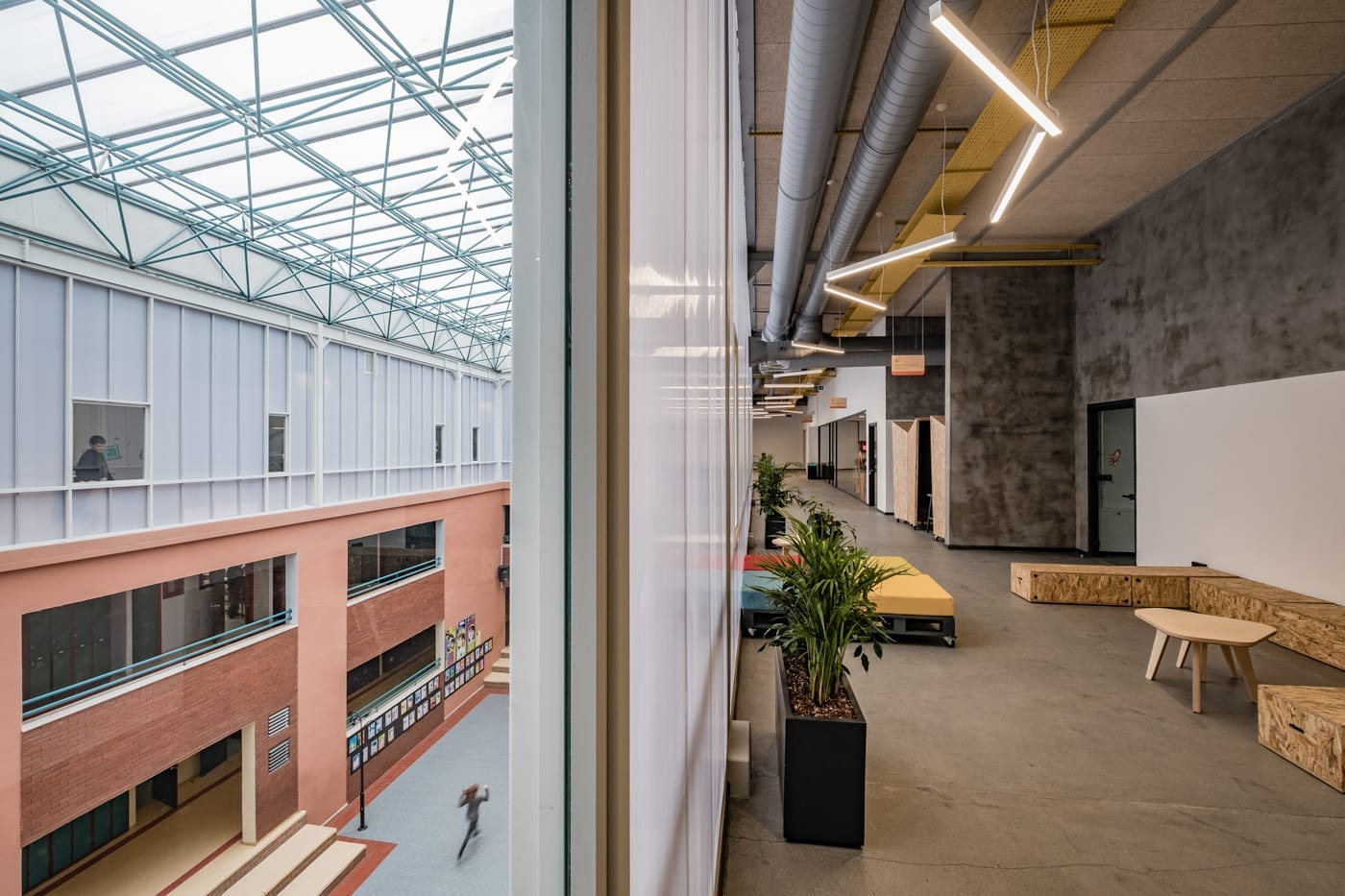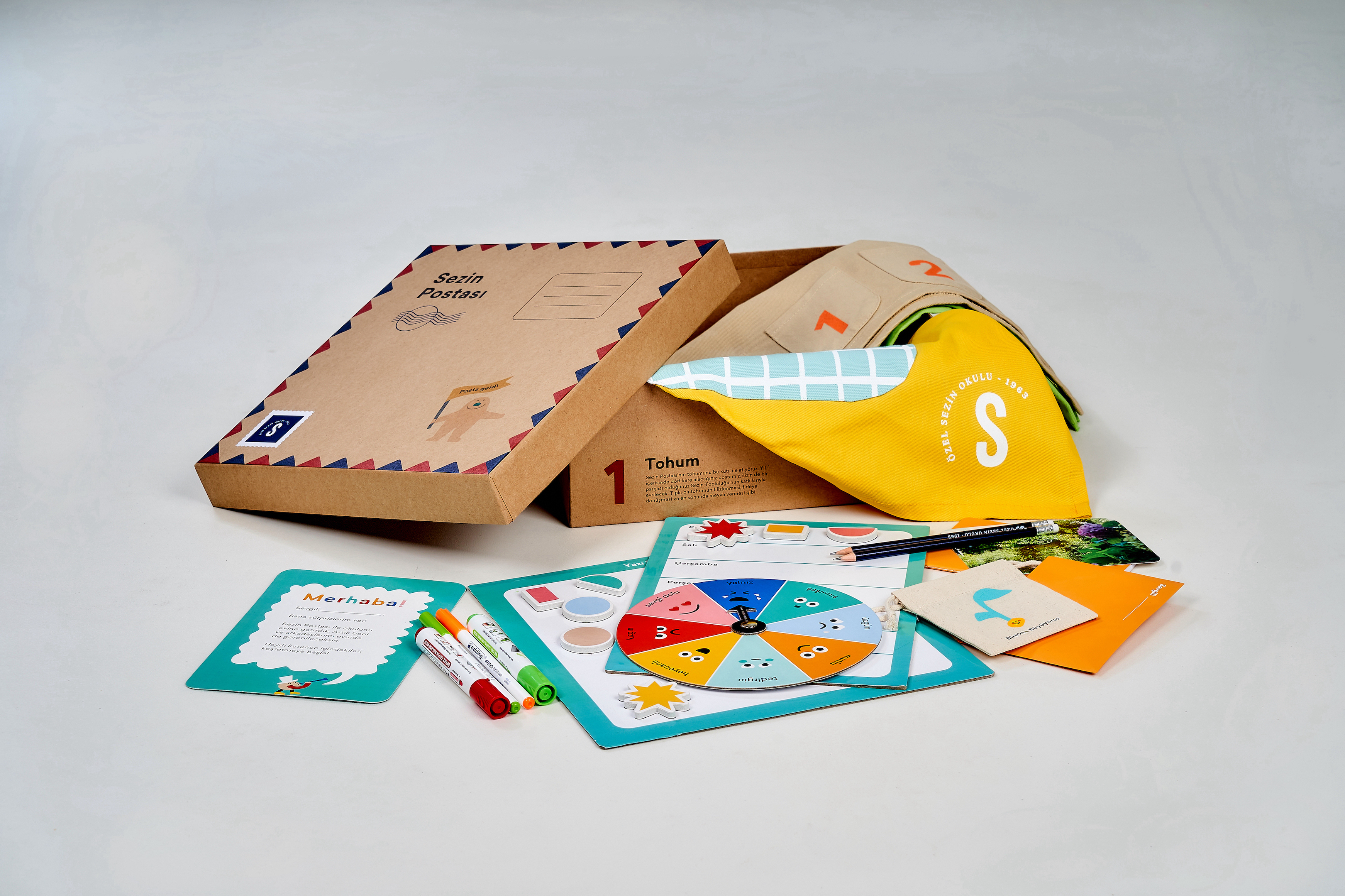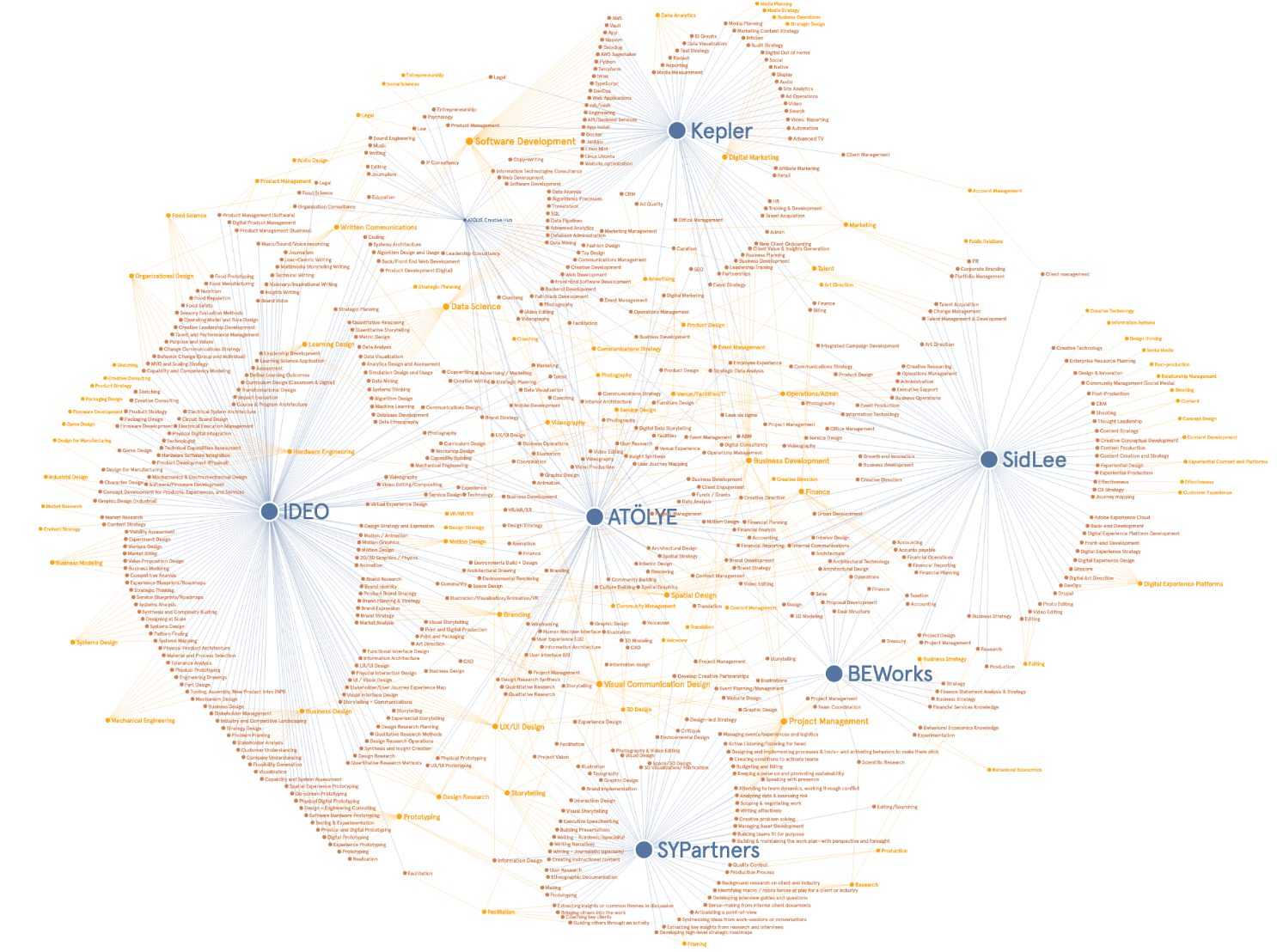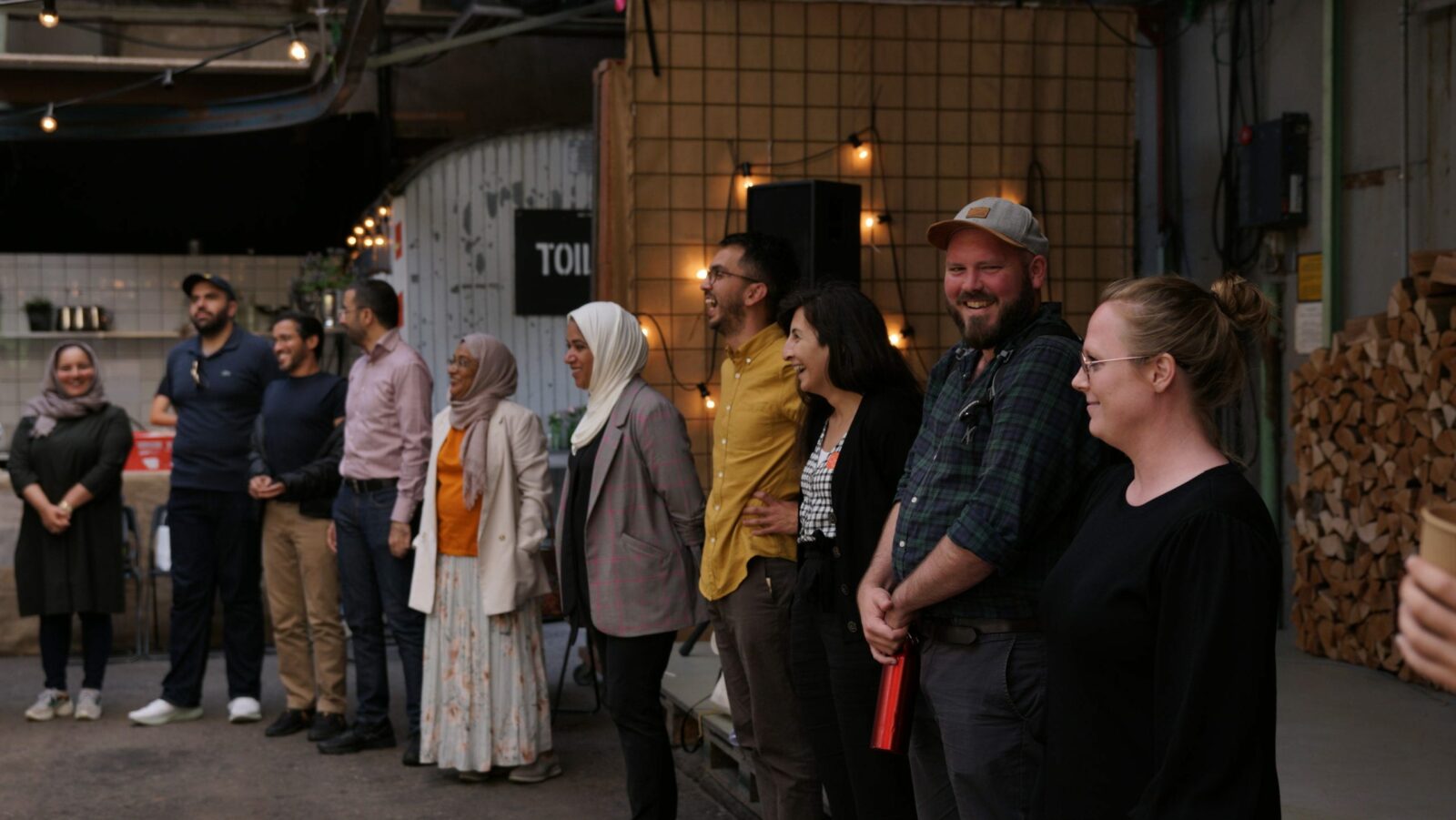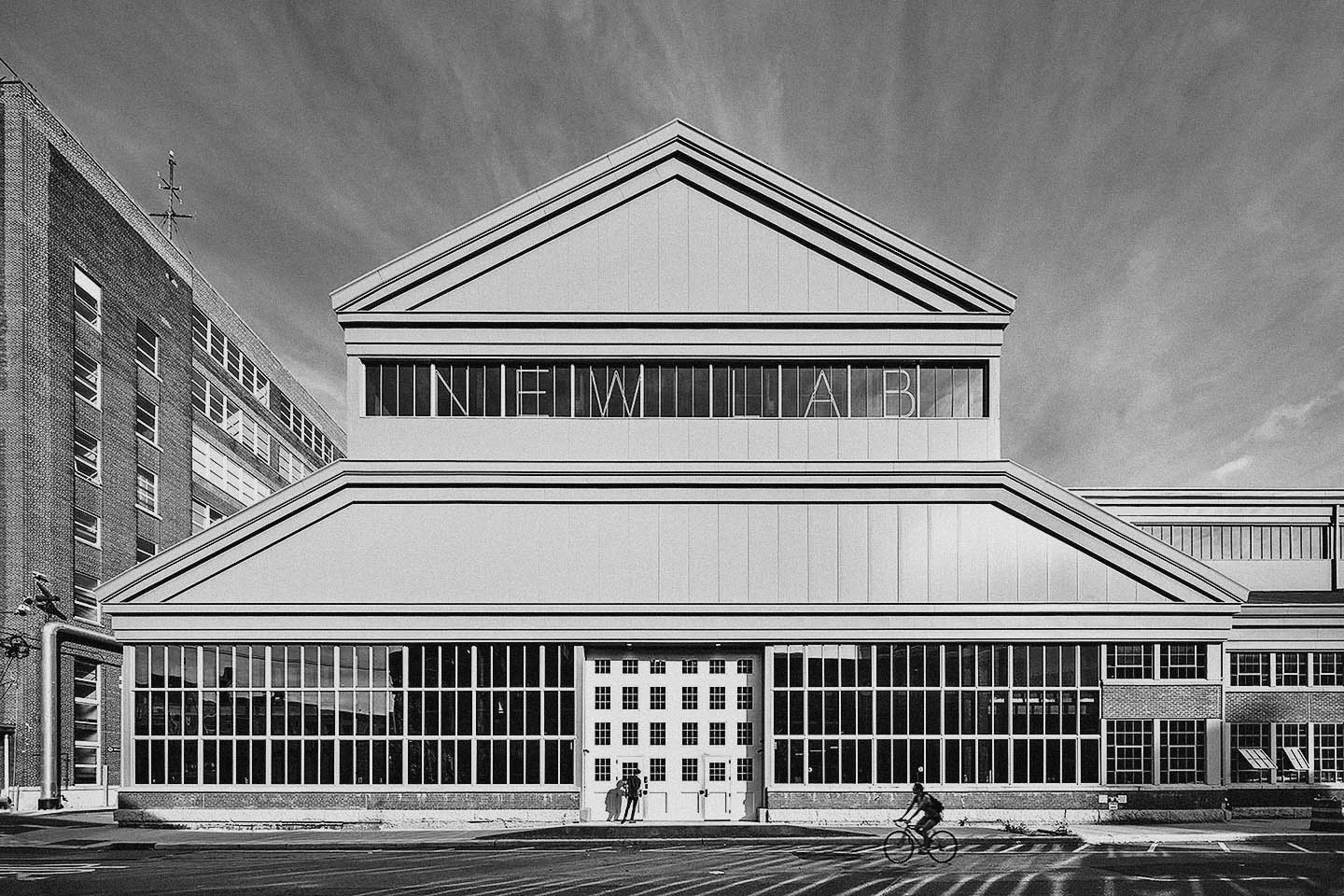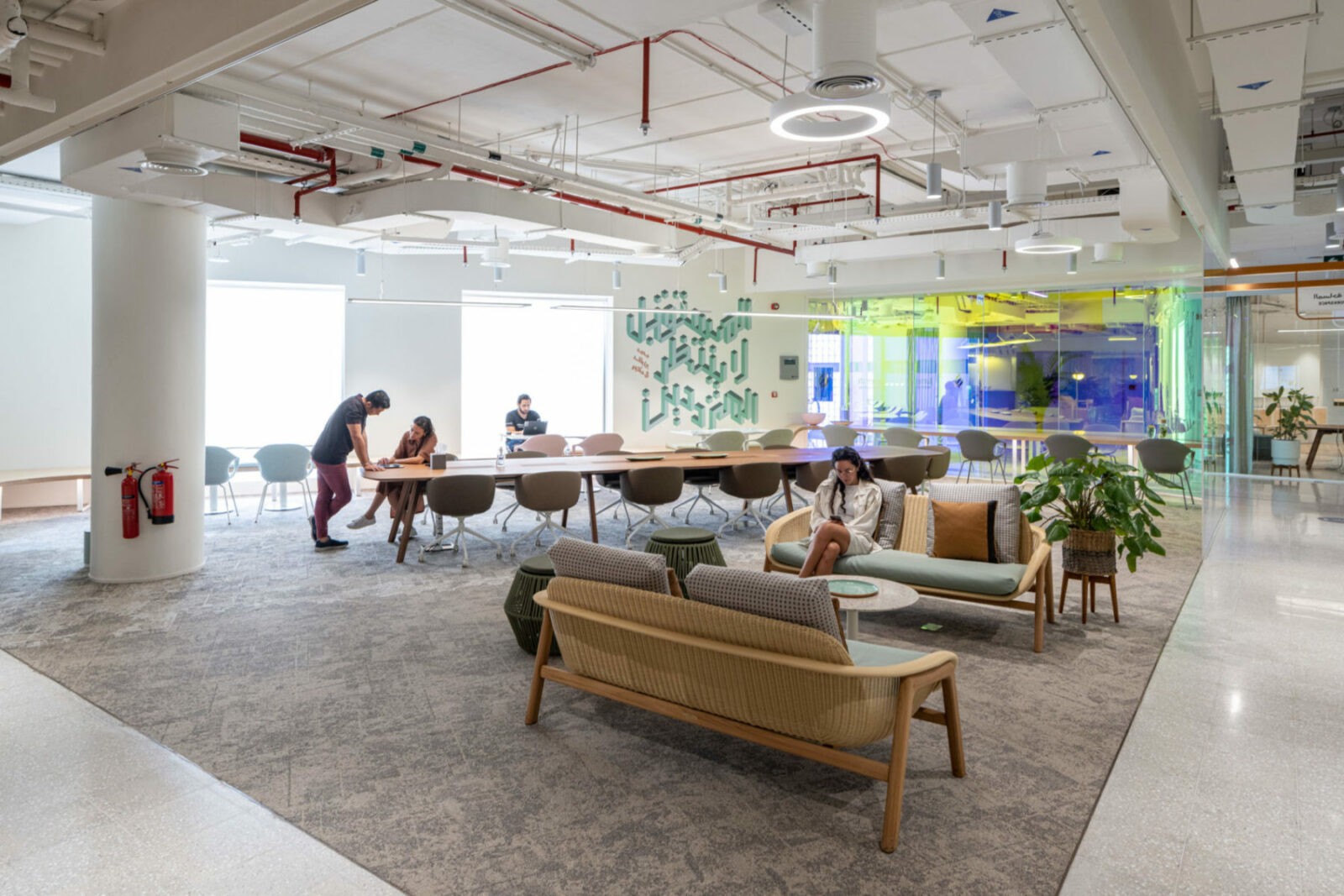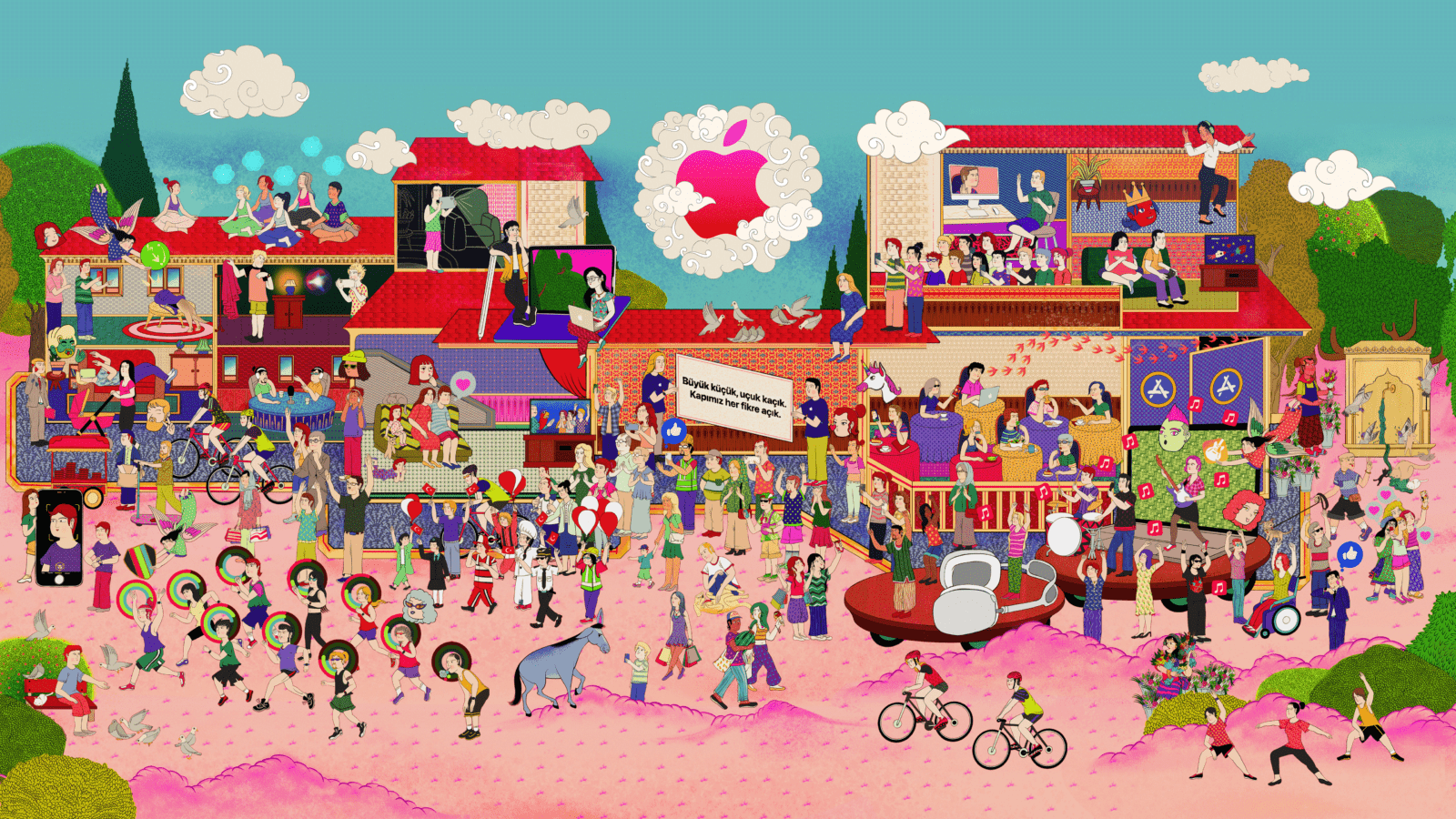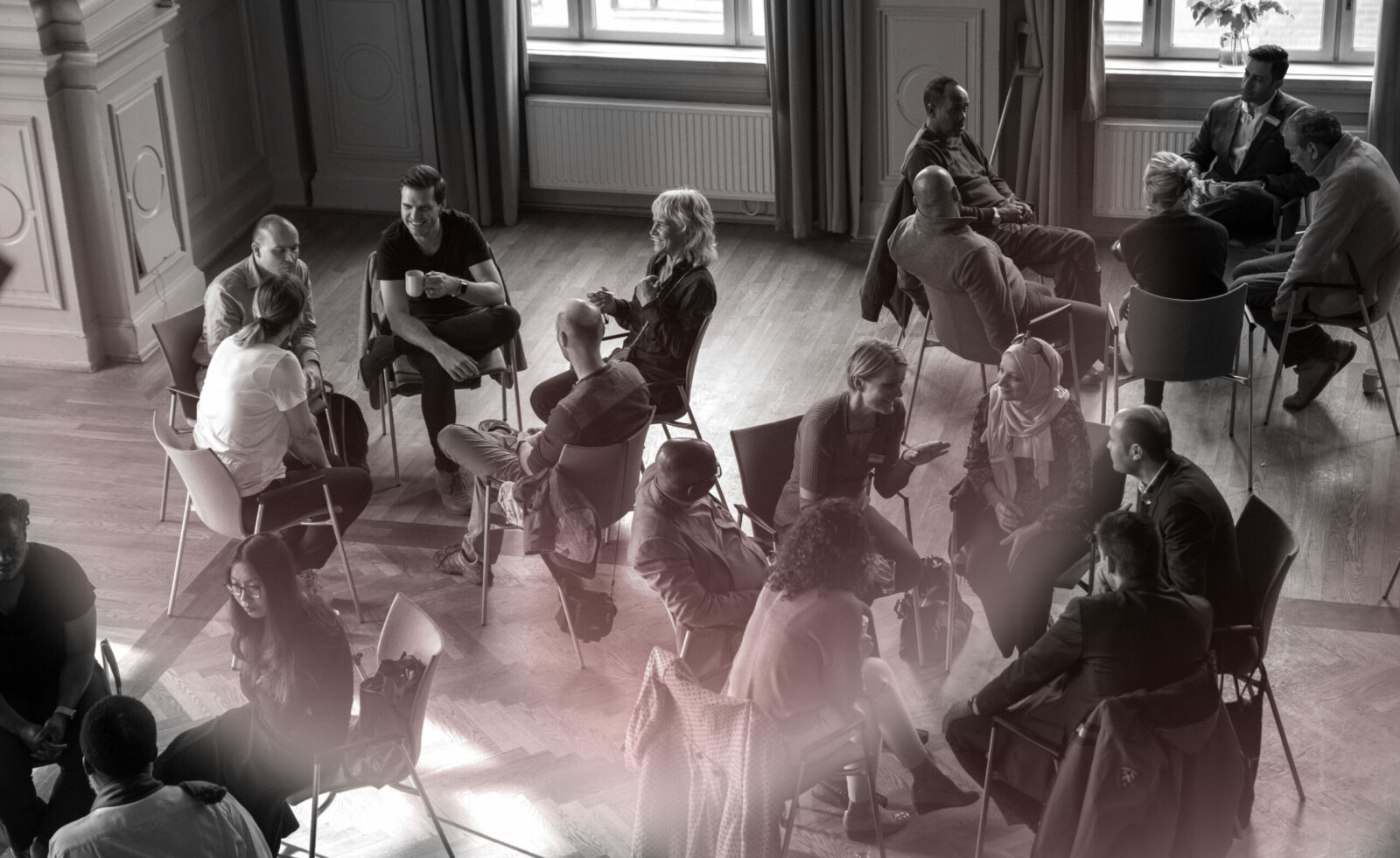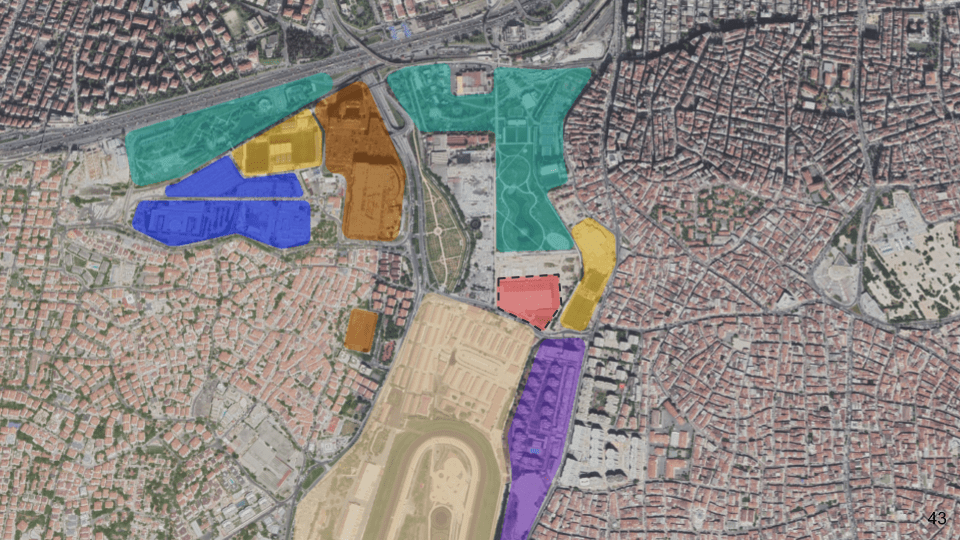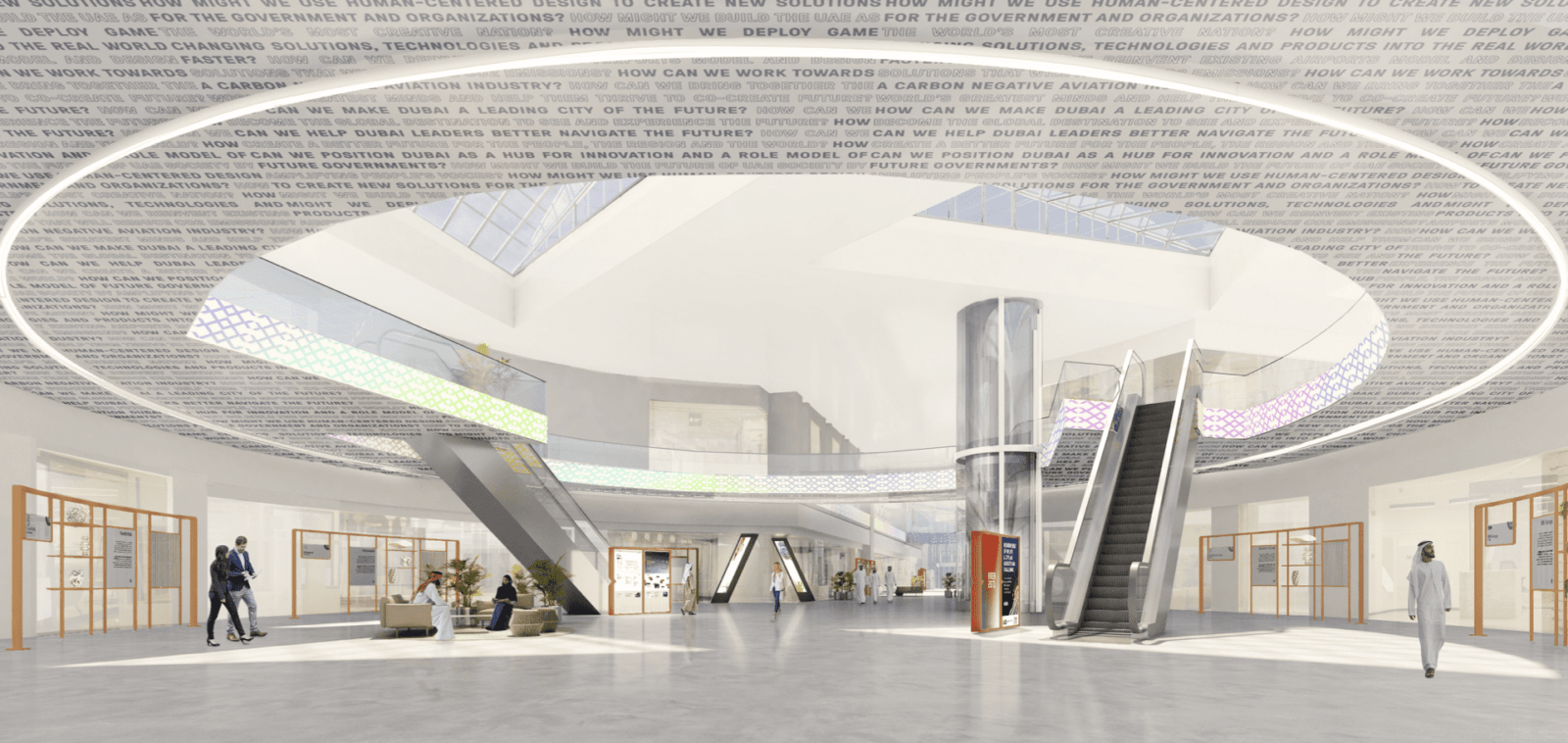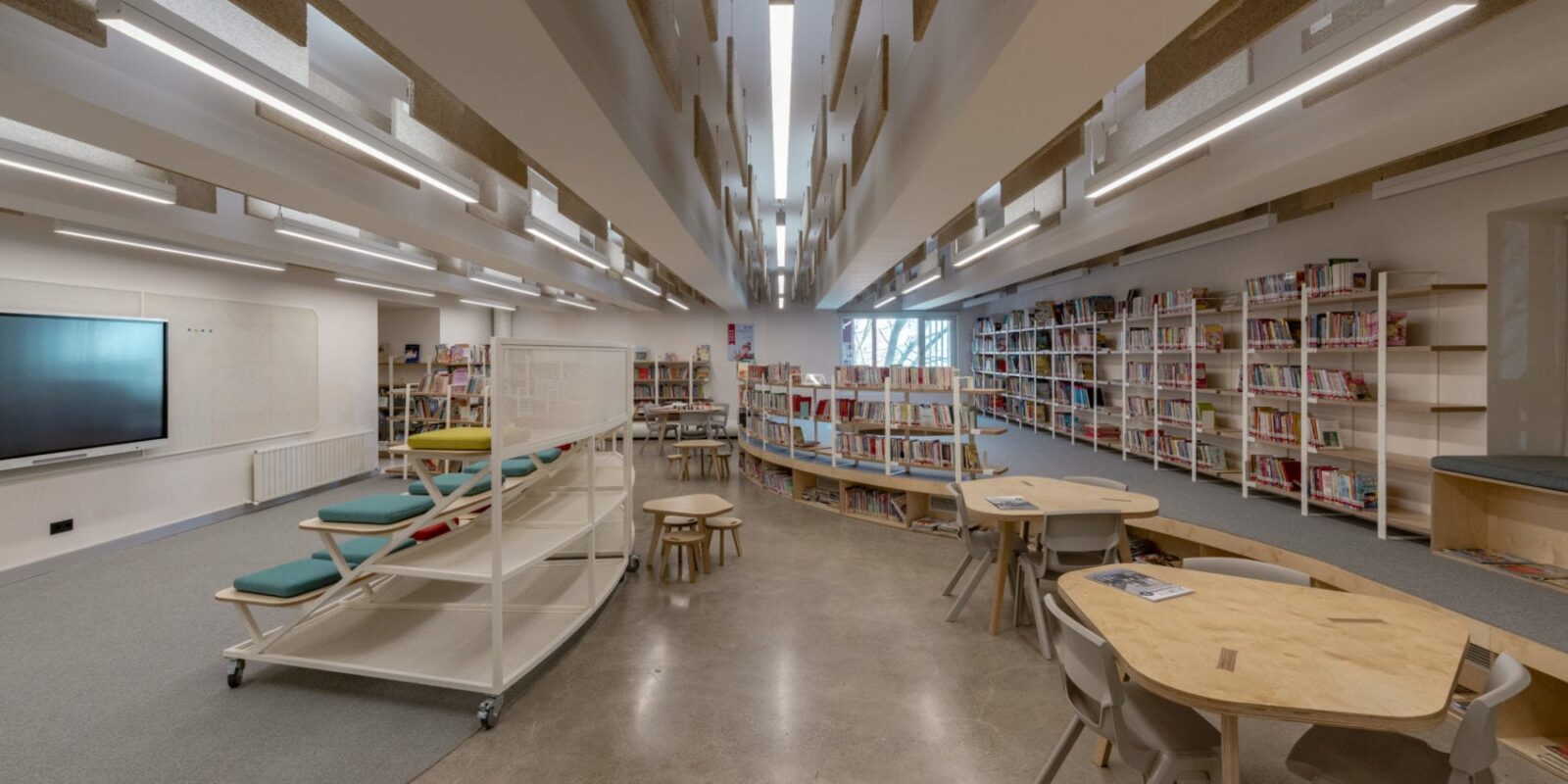Open Roof Space
How can we build pedagogical labs in existing structures?
Open Roof Space Project was designed as a pedagogical space with a spatially hybrid program that fosters meeting, making, learning and working. To this end, borrowing from Fuller’s trimtab concept, the project intervened in a lightweight yet effective manner and chose the formerly dormant empty rooftop space of the existing building, measured at approximately 1700 m² within 15000 m². This scale difference allowed for experimentation while offering sufficient room for a critically diverse program.
Project Team:
Ali Arslan, Ayşe Esin Durmaz, Begüm Ural, Berna Erenoğlu, Ece Çiftçi, Elif Karaköse, Emre Erbirer, Engin Ayaz, Lola Kotilov, Nesile Yalçın, Özgür Önurme, Şevval Ceylan
Project Lead:
Berna Erenoğlu
Community:
Yerçekim (Photo) Network Artika (Contractor), Burak Koçak (Seperator Design), Doruk Mühendislik (Structure), Katı Hal (Hardware Prototyping), Saf Mühendislik (Acoustics Consulting), Serdar Selamet (Fire Consulting), Seçkin Maden (3D Visualization), Sinapsen Elektrik (Electric), Total Teknik (Mechanical)

The process for designing the Open Roof Space started with a participatory session in February 2014, where we facilitated a design thinking session with 20 teachers, administration team and external advisors. Various insights emerged from this session, including the need for deliberate interaction zones between parents and teachers, a more spacious yet open layout for teachers’ private work zones, a need for hands-on learning via a makerlab and reimagining corridors as interaction zones with increased transparency.
Before

After

We first developed a strategic spatial program for Private Sezin Schools, which included a large teachers’ zone, a flexible events space, a public meeting room dedicated to educational NGOs to foster partnerships, a makerlab with three sections (media, wood, biology) and small lounge booths for comfortable parent-teacher dialogue.
Such strategic programming ensured that the outcome would be novel independent from formal design elements. Furthermore, the layout and proximity of these different zones were informed by parameters such as need for daylight, visual privacy, acoustic isolation and persona-based circulation paths.

As the next step, architectural systems were developed in close synchrony with multiple technical specialists, leading to a high performance and integrated design. Ecological wood wool panels were placed across the ceiling surface to reduce reverberation and increase intelligibility in different learning settings, while serving energy efficiency goals. All lighting systems were specified as dimmable low-Kelvin LEDs, supporting flexible learning while reducing energy use. From daylight standpoint, a central atrium covered with sound-absorbing, low-embodied energy, lightweight polycarbonate panels provide ample daylight to spaces while narrow windows punctuate the surface creating shifting vantage points. Mechanical systems were selected with highest locally available efficiency ratings, while separating fresh air and exhaust air systems by coloring, thus serving as an educational vessel for children. Furthermore, the fresh air system was designed to capture excess heat from the enclosed courtyard using heat exchangers. A well-tuned building automation system was designed to capture the efficiency gains by integrating underfloor heating, VRV cooling, mechanical ventilation and operable windows.
At the furniture scale, rather than moving forward with integrated systems, ATÖLYE team developed its existing CNVS furniture line with new modular and flexible products. Ranging from a stage seating on wheels to acoustically isolated hub structures, from mobile bookshelves to stand-up work tables, the bespoke furniture portfolio allows for permutational layouts. In a way, the furniture system suggests all users to become actants rather than passive observers or victims of context.

As a proxy, when designing the space, three distinct layout configurations were explored to optimize the modules’ pattern language, however, dozens of alternative scenarios are likely. Aside from custom-made CNVS series, collaboration with British startup Open Desk, an open-source furniture system, added diversity to the portfolio with its flat-pack CNC fabricated models.
Furthermore, the design team optimized teachers’ zone by developing a personalized desk separators rather than private desks, which diminished the space need by %35 while increasing likelihood of interaction among teachers. All furniture was manufactured within 50 km of the site, while utilizing FSC-plywood, natural felt, recycled sponge and recycled steel.
In terms of spatial graphics, the project used a progressive design language that emphasizes values such as playfulness, openness and wit. Combining a neutral typeface such as Sailec with pastel tones and laser-cut plywood signage produced at ATÖLYE, the signage cultivates all users to feel both cared for and empowered. Copywriting and graphics stay away from cliches while adding meaningful elements, such as an encalming message within parent-teacher interaction zone to appease the potentially stressful conversations.



The project has set a local example in terms of stakeholder engagement. Starting with a design thinking workshop in 2014, the seed of the project can be traced back to deep collaboration. Throughout the research and schematic design phase, frequent site visits, passive observation sessions, interviews and design crits ensured proper prioritization of design tactics. ATÖLYE also engaged a leading NGO, Education Reform Initiative, in the design phase, thus sparking institutional collaborations which will help scale this space’s impact to other schools. Meanwhile, the lighting system in the event space was designed, prototyped and manufactured in collaboration with a select student-teacher group, thus setting a visible example of ownership-via-participatory design. Finally, during construction, the project team decided to leave the space partially incomplete in terms of furniture and machine infrastructure thus learning from its first six months and enabling an iterative process.

Altogether Open Roof Space has been a unique opportunity to affect educational habits for all actors. ATÖLYE’s scope will likely extend towards post-occupancy, including event curation, design feedback research, makerlab operation and new furniture manufacturing, thus enabling rapid iteration and continuous improvement.



Our Open Roof project has been awarded with the Selective Commitee’s Incentive Award in Arkitera’s Employer Awards.
Open Roof Impact Assessment Project

With the Open Roof Impact Assessment Project, ATÖLYE aimed to measure the effectiveness of different areas in the Open Roof Space and measure the spaces impact on the user’s behaviour. For the spaces left empty at the first phase of the project and the existing spaces, spatial interventions have been carried out to improve the user experience in each area with a flexible design to meet the needs and expectations of different stakeholders.
ATÖLYE conducted concise workshops with forty students to discover the opinions and ideas of students regarding space and the way they are used. With an interactive plan study that was located in the school for a week, more than one hundred students ideas were harvested. In addition to these methods, we examined the outcomes of a school-wide questionnaire conducted with teachers and studied the photos from the activities held within the different areas of the Open Roof Space. We created a productivity map from the outcomes by synthesizing the data collected from various styles of research methods. Out team developed recommendations for areas that were found to be used inefficiently and the three vacant spaces were repurposed to accommodate the needs of teachers for their curricular and extra-curricular activities as well as student’s expectations and dreams from spaces they want to spend time on their spare times.


As a result of analysing all these inputs, ATÖLYE created flexible spaces with the aim to meet the different needs and expectations of teachers and students. ATÖLYE designed three new classes in the concepts of “a space that facilitates alternative learning and working styles”, “a space that allows information sharing” and “a space that aims to spread the culture of production to the entire school.”

